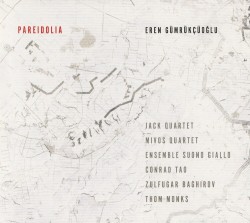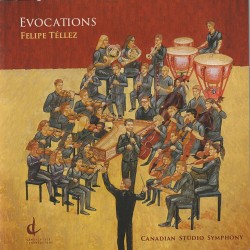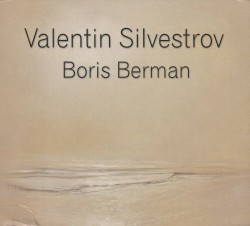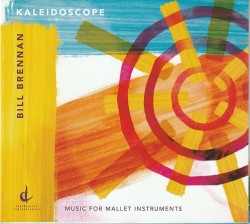Eren Gümrükçüoğlu – Pareidolia - Conrad Tao; JACK Quartet; Mivos Quartet; Ensemble Giallo; Deviant Septet
 Eren Gümrükçüoğlu – Pareidolia
Eren Gümrükçüoğlu – Pareidolia
Conrad Tao; JACK Quartet; Mivos Quartet; Ensemble Giallo; Deviant Septet
New Focus Recordings FCR343 (newfocusrecordings.com)
Two suppositions: music is only music to the extent that it elicits recognition and response, and not all music (not all art) is good for one. Consider these as you read why I recommend this disc. Think catharsis. Composer Eren Gümrükçüoğlu makes brilliant use of acoustic and electronic media, with strong collaborators including the excellent JACK Quartet. His ideas, once you settle into the terrain, make sense. There is pitch and sound contoured into melody, and there is rhythm, lots of it.
The opening track is frankly scary. Pandemonium comes to us via Milton in Paradise Lost. Not a good place, to say the least. A demonic gathering place ain’t peaceful, it’s a harrowing funhouse!
I found myself beating time to the title track, Pareidolia, even during the intervals where metre and rhythm seem absent; rather they are partially submerged in silences that allow only some of the contours to show. When “time” is introduced explicitly, at various points in the piece (at nearly 24 minutes, by far the longest single track), the material is taut and jazzy, the silences filled, the pulse revealed. Track four, Ordinary Things, pits a small wind band with bass and percussion against fragments from speeches made by Recep Erdoğan, composed as mimicry, a satiric chorus riffing alongside the autocrat’s overblown rhetoric, forming a kind of sonic haze around the vocals. Mesmerizing.
Those step-dancing squirrels in your attic crawl space have spotted a canary, who calls out from various places as they scutter about chasing the hapless bird. That describes the spatial and rhythmic fun of the final track, Asansör Asìmptotu.
Kudos to all the performers and especially to the composer.







